6. The Color Wheel – Alex Ross Perry (2011)
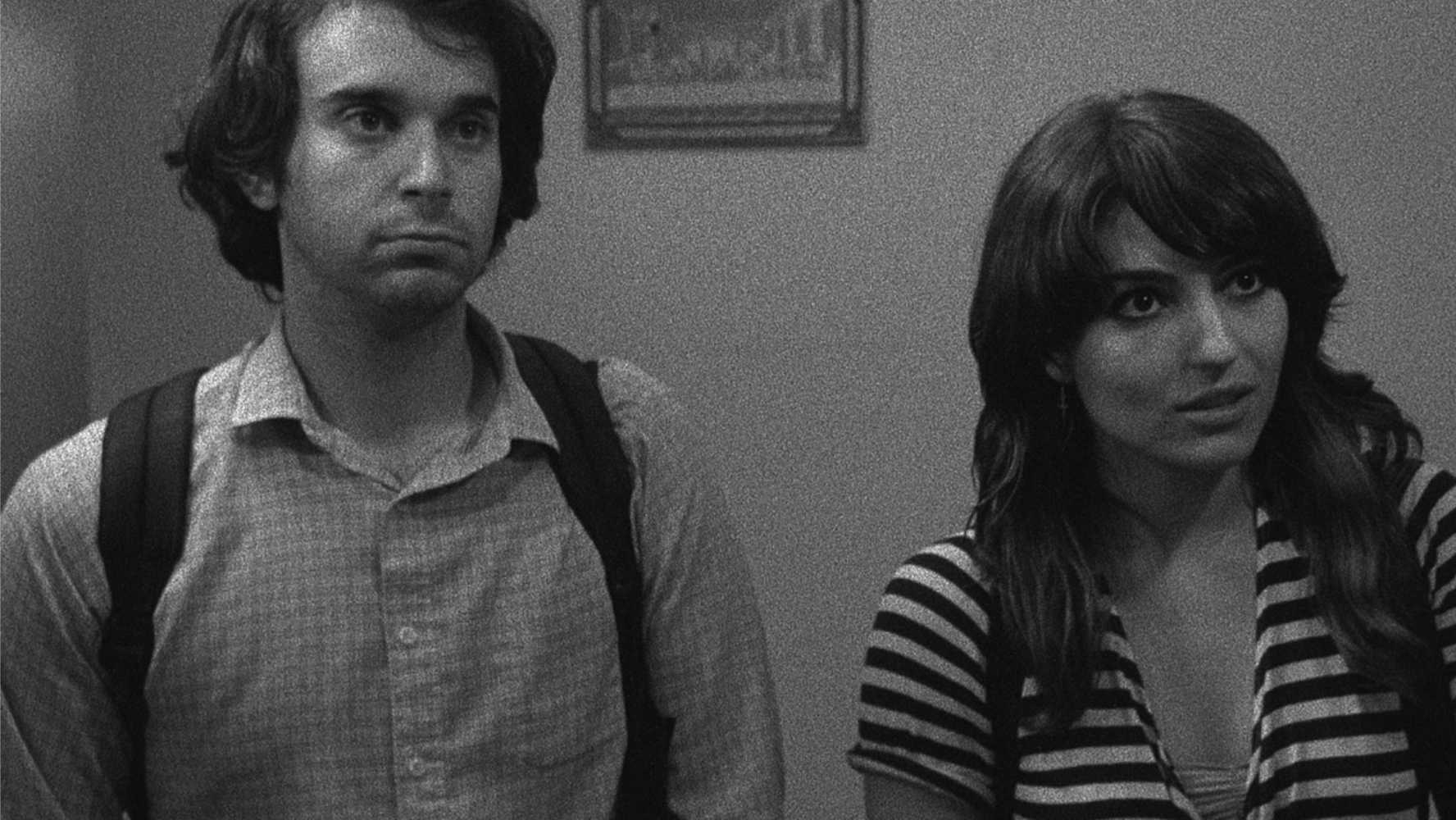
Writer, director, star Alex Ross Perry’s second feature, the delightfully strange and at times quite shocking The Color Wheel follows the exploits of a brother and sister as they (you guessed it) take a road trip together to New York.
Shot on black and white 16 mm, Perry’s film (which was co-written by his co-star Carlen Altman) was once called “the best undistributed film of 2011” by Indiewire. Unlike many of its contemporaries, the film was meticulously rehearsed and blocked, and contains very little improvisation. The result is a film that hinges quite steadily on the comedic chops of both Altman and Perry, as well as the fantastic low-fi cinematography of indie film heavyweight Sean Price Williams (Heaven Knows What, Good Time).
The film, despite its somewhat sloppy appearance, is a brilliant precursor to Perry’s later films such as Listen Up Phillip and Queen of Earth, and showcases the burgeoning talent of everyone involved. An uncomfortable, yet enjoyable film from some of contemporary indie cinema’s finest.
7. Tiny Furniture – Lena Dunham (2010)
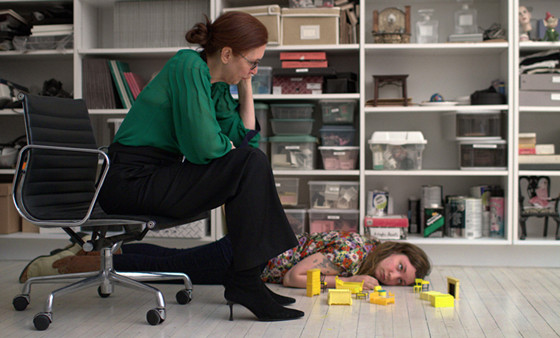
Girls creator Lena Dunham’s second feature in as many years, Tiny Furniture is one of the most accomplished and impressive sophomore films in modern independent cinema.
No surprise here, Dunham writes, directs and stars in a film about a woman in her early-mid twenties who has just returned home to New York from school in Ohio. She reconnects with her childhood friend, played by Girls co-star Jemima Kirke, she moves back in with her mom and sister (played by Dunham’s real life sister Grace Dunham) and she ponders what to do with her life.
In many ways a precursor to her HBO TV show, Dunham’s film was made for about $65,000 and marks an astounding leap forward from her debut feature, the interesting yet extremely amateurish no-budget student film Creative Nonfiction.
Shot in deliberately wide, cinematic frames, the film looks like it could have been shot on 35 mm film, yet in fact was shot using a Canon 7D (and later printed onto 35 mm for screening). Cinematographer Jody Lee Lipes, who has since gone on to shoot films such as Martha Marcy May Marlene and Manchester by the Sea, proves that DSLR cameras can provide a stunning cinematic image when used well.
Dunham proves her multifaceted talent here, with a fantastic performance of her own while garnering equally fantastic performances out of her largely inexperienced cast which also included her mother, Laurie Simmons. Tiny Furniture is a funny, awkward, affecting film, and one that establishes Dunham as a crucial creative force in contemporary film and television.
8. Weekend – Andrew Haigh (2011)
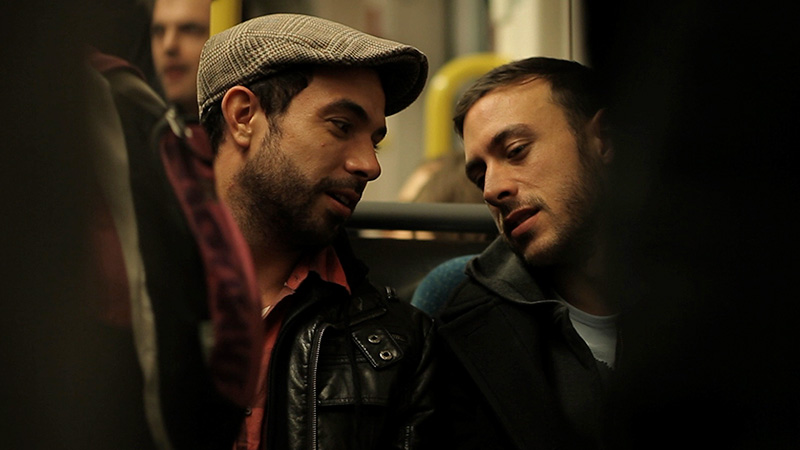
Like Tiny Furniture, Andrew Haigh’s gorgeous first narrative feature Weekend was shot entirely on a Canon DSLR camera. The result is arguably not only the most beautifully shot film on this list, but one of the most beautifully shot movies of the 2010s so far.
The story follows two young gay men in as they navigate their feelings for each other after what was supposed to be only a one-night stand. A wonderfully meditative film about human connection and differing personalities, Haigh’s direction is spot on and the performances by the two leads, Tom Cullen and Chris New are spectacular.
With a budget of about 120,000 British pounds, Weekend is one of the most expensive films on this list, but is in no way lacking in entrepreneurial spirit. One scene in particular sees the two leads spend the evening at a fair, and the actors make their way through the location as if they were unaware of the cameras following them and are able to seamlessly blend in with the hoardes of real fairground patrons.
Another scene at a train station features some off-the-cuff improvisation by Chris New as a real unsuspecting onlooker shouts a homophobic slur at the kissing men, just as New’s character is about to board the train.
Haigh’s film is not only a brilliant precursor to his later efforts such as 45 Years and Lean on Pete, but is also a wonderful piece of cinema in its own right and an instant low budget classic.
9. Tangerine – Sean Baker (2015)
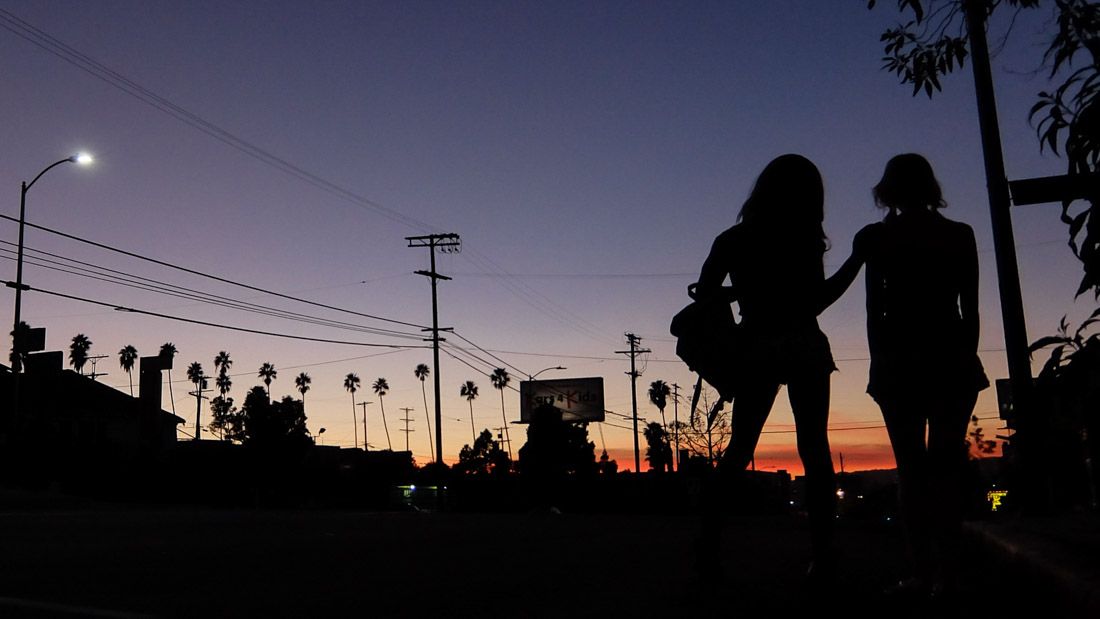
Before his breakout with the sensational The Florida Project, Sean Baker shook the indie film world with his gritty, sun-bleached, iPhone-shot Tangerine—a funny and touching film about a couple of transgender sex workers in Los Angeles.
Baker shot the film guerilla-style on the streets of LA with little more than a sound recordist, a cinematographer and a bicycle to create the beautifully smooth tracking shots seen in the film.
Because the entire movie was shot on a phone camera, the crew were able to pretty seamlessly fit in with the rest of the world as they followed the actors around the streets, busses and businesses of LA. The result is a truly groundbreaking film that doesn’t rely on its own “gimmick” in order to be interesting.
Fantastic performances by the leads Kitana Kiki Rodriguez and Mya Taylor, along with truly spectacular digital cinematography and a great script, make Tangerine more than just “that iPhone movie.”
It’s clear Baker wanted to make a dirty, down to earth film set on the streets, and the small size and increasingly accessible and powerful nature of the iPhone made it the perfect choice for his film. He used a number of apps in order to create the specific look he wanted for the film, and the result is a movie quite unlike any other—both in terms of visual style, and substance.
10. The Forest for the Trees – Maren Ade (2003)
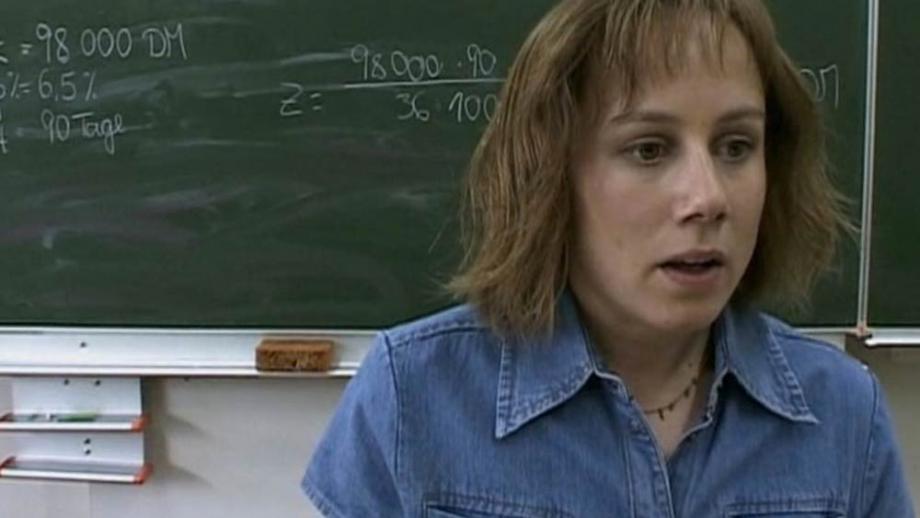
German auteur and Toni Erdmann writer-director Maren Ade marked her feature film debut with this tiny masterpiece back in 2003.
Small in scope, yet massive in impact and execution, The Forest for the Trees immediately singled Ade out as one of the most promising filmmakers of her generation.
Nebbish, socially awkward elementary school teacher Melanie moves to the city of Karlsruhe to start her first job at a public school. Full of unrealistic ideas, and hopelessly lonely, Melanie tries her hardest to control her unruly students, make friends with her cool new neighbour, and avoid the romantic advances of her unattractive coworker.
Shot on a consumer-grade video camera even before the term “Mumblecore” had been coined, Ade proved herself an incredibly adept filmmaker by creating a visually interesting and heartbreakingly poignant handheld film that looks at times like it could have been shot by your dad on vacation. It never once, however, feels amateurish despite its clearly low budget and relatively inexperienced actors.
With one of the most brilliant endings in recent memory, The Forest for the Trees kicks off the career of one of cinema’s brightest lights, and points distinctly toward Ade’s future as a master of poignancy, comedy and emotional depth.